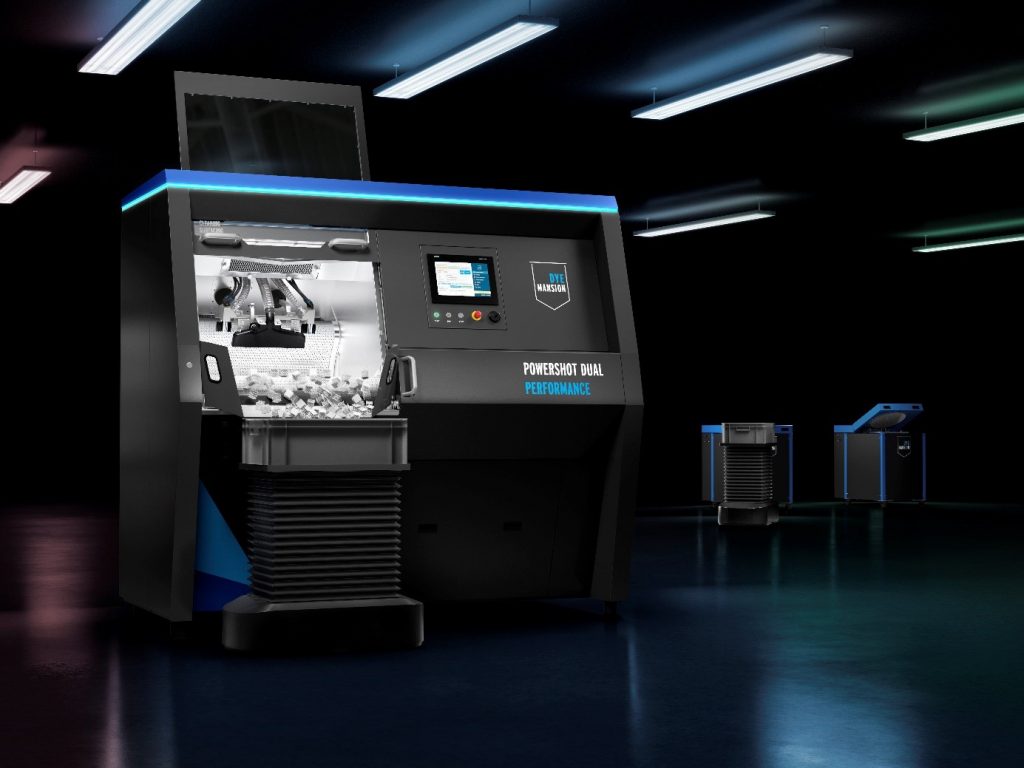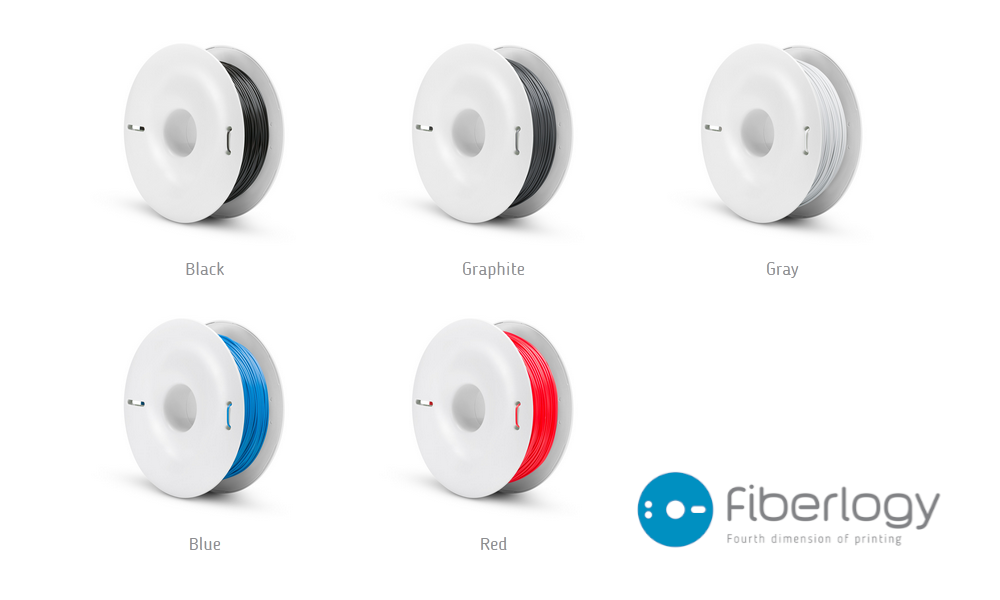Fiberlogy, a Polish 3D printing filament manufacturer has launched a new 3D printing material. FiberSmooth is a filament made from polyvinyl butyral (PVB).
FiberSmooth allows 3D prints to be post-processed to a smooth and glossy finish. Post-processing the PVB polymer with isopropyl alcohol (IPA) either via an ‘IPA bath’ or vapor finishing, dissolves the outer edges leaving a layer-free surface.
The filament is designed for use with Fused Deposition Modeling (FDM) (aka Fused Filament Fabrication (FFF)) 3D printers. FDM or FFF is a type of 3D printing technology where a plastic wire is melted and extruded by a nozzle onto a build platform. This layer-by-layer process leaves the surface of the 3D print uneven. To eliminate the uneven surface, a solvent such as IPA can be used. IPA as a solvent dissolves the uppermost layer that hardens the structure and blurs the boundaries in between layers.

3D printing and post-processing
A number of methods for post-processing 3D prints exist. Depending on requirements, for example, parts with specific mechanical properties or parts that have aesthetic needs, different methods will be more suitable. One method is vapor smoothing, a post-processing technique involving the 3D printed parts being exposed to a vaporized solvent. This technique is used mostly at the industrial level for enhancing the surface finish of 3D printed parts.
Engineers leverage coatings, utilize abrasive sanding, or apply the vapor smoothing technique to smooth out the surface of a 3D printed part. They expose the 3D print to solvent fumes to create a controlled chemical melt that redistributes the material upon liquefaction. This evens out the surface, improves shine, and seals any existing tiny cavities.
Several companies are active in the post-processing sector. For example, PostPro Surface Finishing (SF) was launched by Additive Manufacturing Technologies (AMT), and Vaporfuse surfacing (VFS) by DyeMansion. AMT is a UK-based provider of automated post-processing systems in the 3D printing sector. DyeMansion is a globally leading company that provides post-processing solutions for industrial polymer 3D printing.

Other materials in the Fiberlogy portfolio
Previously, our engineering team conducted a 3D printing filament review using several Fiberlogy materials and was satisfied with the results. Fiberlogy’s portfolio also features PET-G, Fiberflex 40D, Easy PLA. Fiberlogy has expanded upon the basic 3D printing materials palette in the past by modifying materials with additives. For example, the company’s EASY PET-G contains glycol, which is intended to improve the 3D printing experience by reducing typical problems such as stringing or filament burning.
Fiberlogy has also launched some other filaments with features that differ from FiberSmooth. These features contain impact-resistance, sustainability, low cost, and a matte finish look. PCTG is an impact-resistant filament which is an alternative to PET-G filament. This filament provides temperature resistance and high transparency. Fiberlogy highlighted, that this filament is ideal for home 3D printers as it does not require high temperatures.
REFILL is a non-spool cartridge accompanied by the reusable spool MASTERSPOOL standard. This filament is easy to handle as it can be printed by anyone. It is sustainable and cheaper in comparison with other filaments that are offered on disposable spools.
MattFlex 40D is a filament used for the 3D printing of flexible materials. This filament is distinct because of its matte finish look. This filament is easily printable and enables efficiency in printing with a speed of up to 60mm/s.

FiberSmooth technical specifications and 3D printing parameters
Nozzle Temperature 215-225°C
Bed Temperature 75°C
Closed chamber not required
Fan 75-100%
Flowrate 90-100%
Printing Speed < 100 mm/s
Surface glass, masking tape
Retraction (direct) yes, 1-2 mm
Retraction (bowden) yes, 2-3 mm
Retraction Speed 20-45 mm/s
Nominations for the 3D Printing Industry Awards 2022 have now commenced. Who do you think should make it to the shortlists for this year’s show? Nominate now, the form closes at the end of the month.
To stay up to date with the latest 3D printing news, don’t forget to subscribe to the 3D Printing Industry newsletter or follow us on Twitter, or liking our page on Facebook.
While you’re here, why not subscribe to our Youtube channel? featuring discussion, debriefs, video shorts, and webinar replays.
Are you looking for a job in the additive manufacturing industry? Visit 3D Printing Jobs for a selection of roles in the industry.



